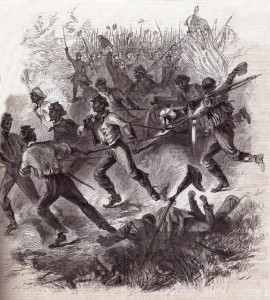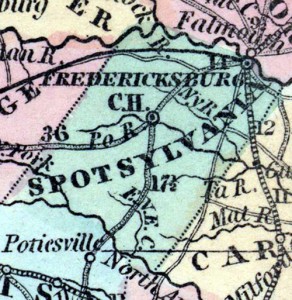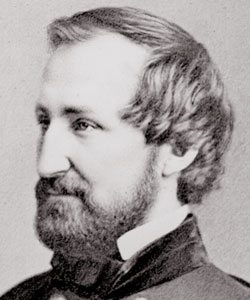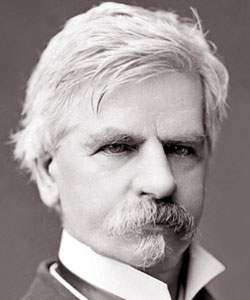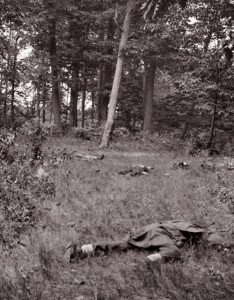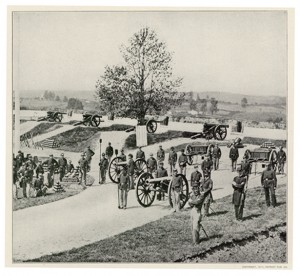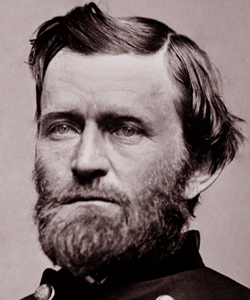The Battle of Petersburg, also known as the Assault on Petersburg, took place from June 15-18, 1864 in the city of Petersburg, Virginia. Led by Union General Ulysses S. Grant, the Union forces left Cold Harbor and attacked the Confederate forces under the command of General Pierre Beauregard. General William F. Smith’s failure to take advantage of the low number of Confederate forces initially present allowed General Robert E. Lee to send reinforcements and the Confederates were able to defend Petersburg from capture. This battle marked the beginning of the siege of Petersburg. The National Park Service’s website includes an overview on the opening of the fighting as well as short biographies on the commanding officers for each army. The website also offers lesson plans, travel trunks, and information for teachers on planning a field trip to the battleground. The Civil War Preservation Trust’s website provides a list for recommended reading, historical articles, and quick facts on the Battle of Petersburg. Beauregard commented on the mistakes of the Union forces that prevented the capture of Petersburg:
“Strange to say, General Smith contented himself with breaking into our lines, and attempted nothing further that night. All the more strange was this inaction on his part, since General Hancock, with his strong and well-equipped Second Army Corps, had also been hurried to Petersburg, and was actually there, or in the immediate vicinity of the town, on the evening of the 15th. He had informed General Smith of the arrival of his command and the readiness of his two divisions- Birney’s and Gibbon’s- to give him whatever assistance he might require. Petersburg at that hour was clearly at the mercy of the Federal commander, who had all but captured it, and only failed of final success because he could not realize the fact of the unparalleled disparity between the two contending forces.”
Some other resources that may be useful are Armistead Long’s Memoirs of Robert E. Lee: His Military and Personal History and Ulysses S. Grant’s Personal Memoirs which could provide opposing views of the Battle of Petersburg from the Union and Confederate commanding generals. In terms of modern scholarship, James McPherson’s Battle Cry of Freedom is available as a preview on Google Books and contains a concise summary of the events of the battle. The Battle of Petersburg could be related to a lesson on black soldiers and their role in the Civil War as the 6th and 43rd United States Colored Troop Regiments either fought in this particular battle or in the following battles during the siege of Petersburg. The National Park Service also provides an article on black soldiers at the siege which may be helpful to browse.
